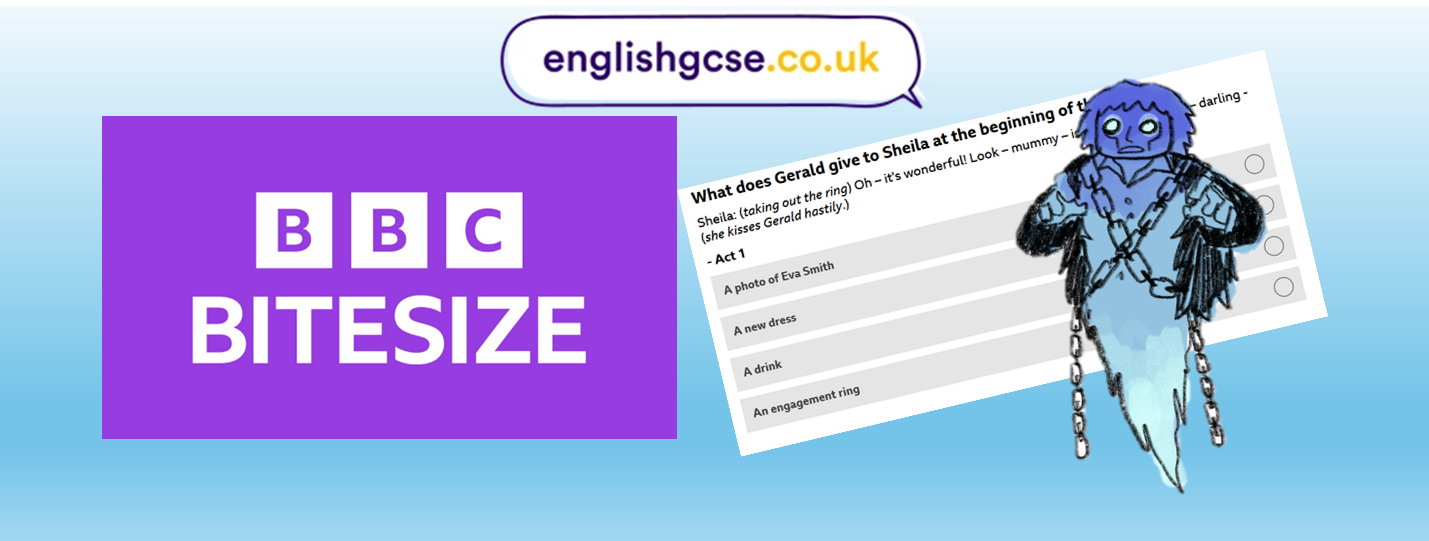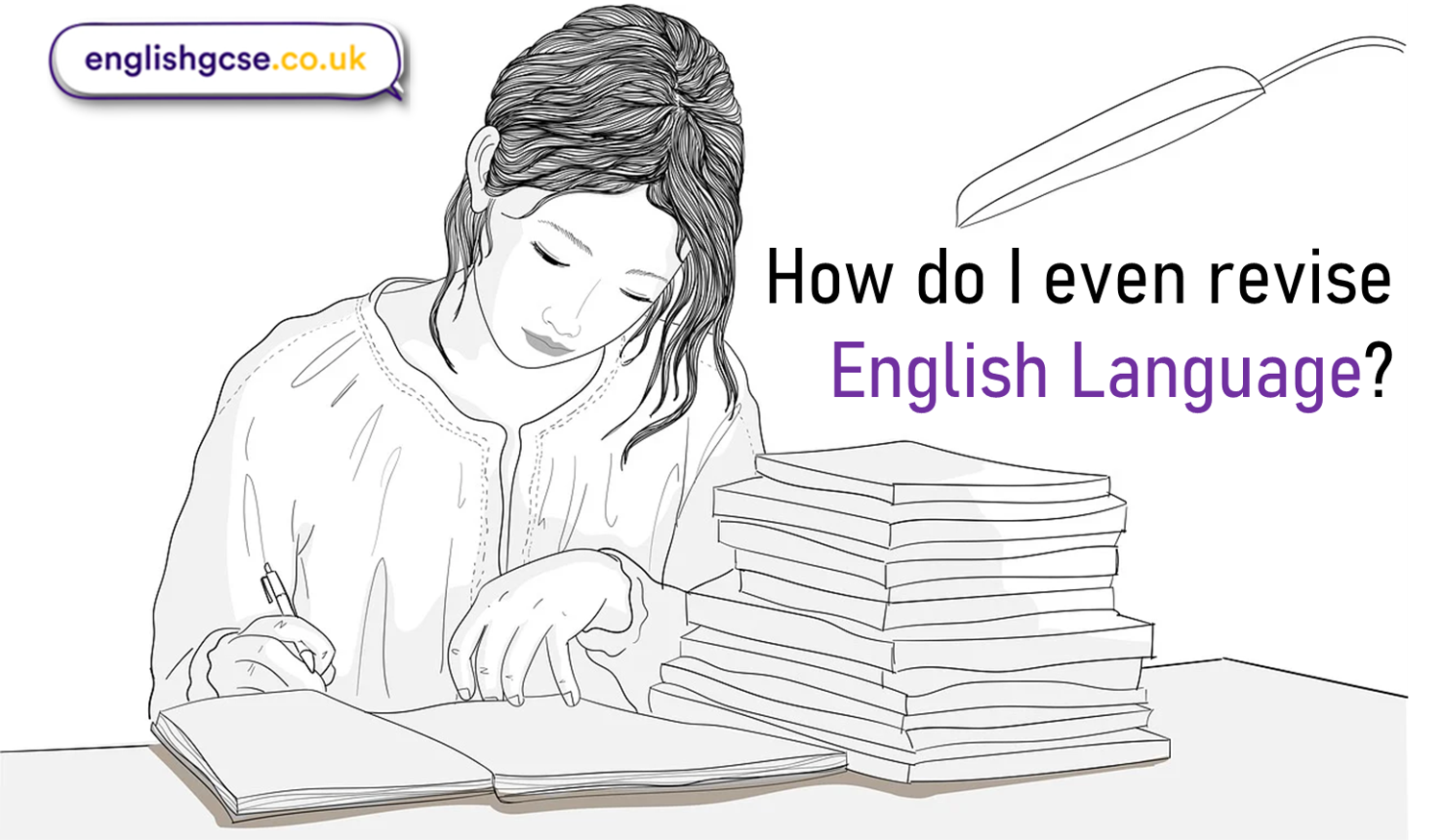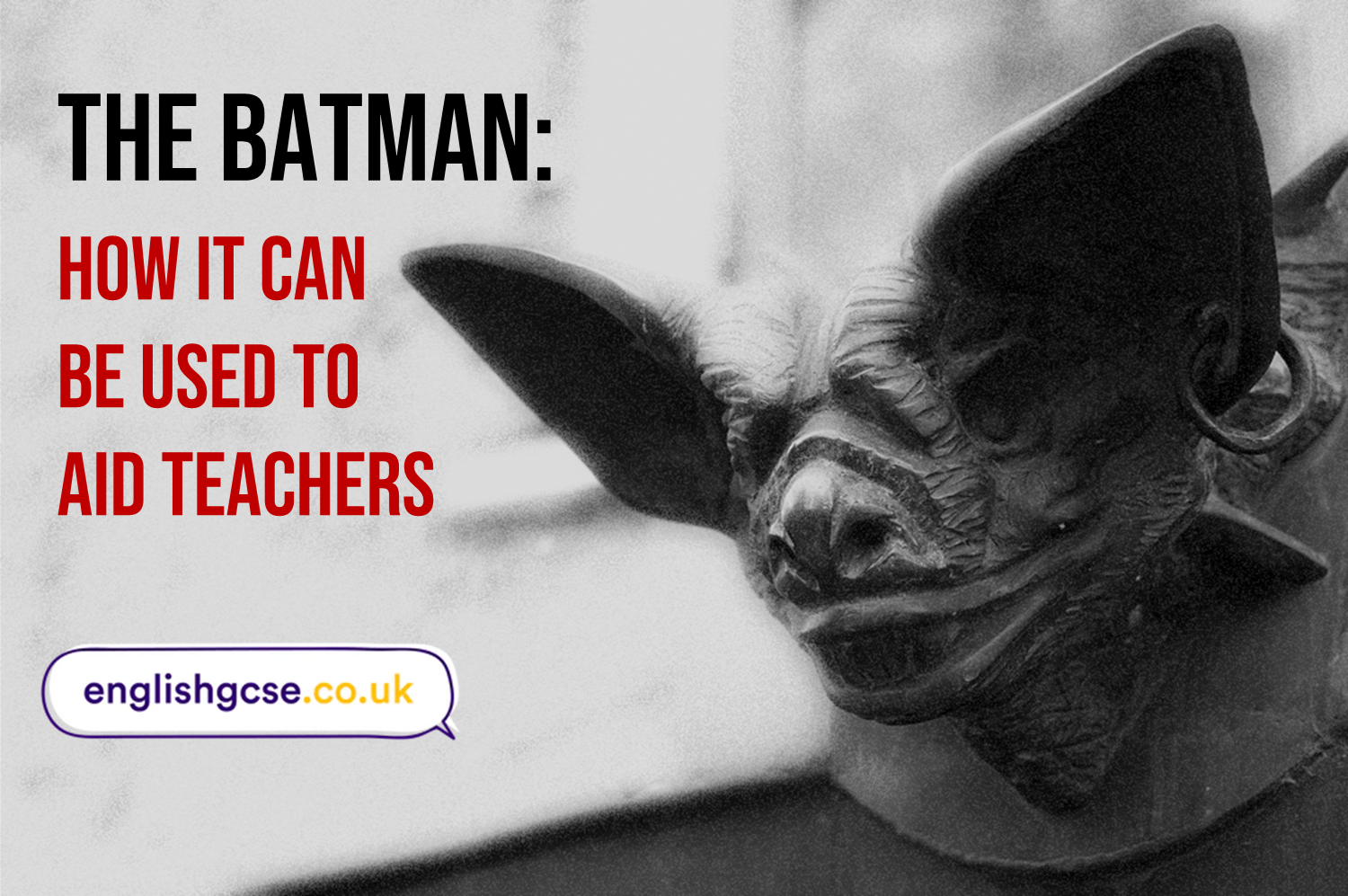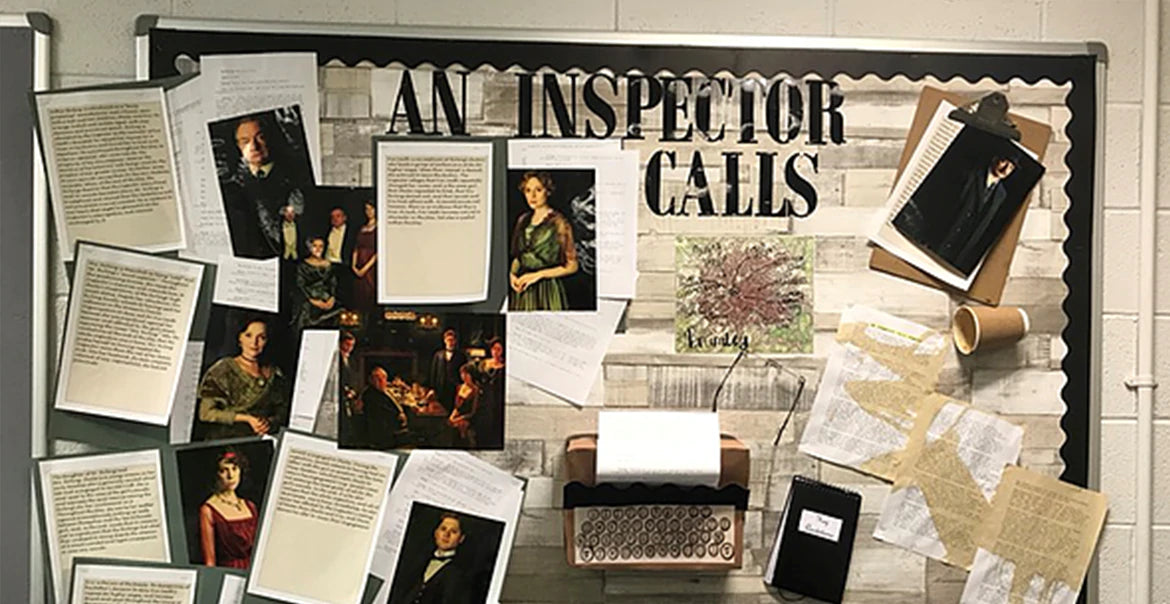Structure seems to be a term that baffles both teachers and students alike. In recent weeks I've seen social media posts from educators asking for help or guidance on how best to approach this area and what is specifically covered under 'structure'.
Particularly for teachers of AQA's English Language 8700 specification, where a whole question is focused on structure alone, this can be quite challenging. So let's look at some different ways of looking at structure and possible resources, too.
Beginnings and endings
One easy way of looking at structure is how a text starts. For fiction texts, is the extract using a narrative hook at the beginning to engage its audience? For KS3 and KS4 classes I tend to break down narrative hooks into the following categories:
- Puzzling hook
- Direct address
- Subtle hook
- Atmospheric hook
- Visual hook
- Amusing hook
- Direct speech
This allows students opportunities to discuss how tone and atmosphere are established at the start of extracts. As for endings, I use this as an opportunity to explore the following types:
- Cyclical ending
- Plot twist
- Uncertain ending
- Converging storylines
- Deus ex machina
- Tying up loose ends
- Happy ending
- Sad ending
- Epiphany
As a writer a good ending allows you to leave the reader with one final thought or idea that will resonate and stay with them well beyond finishing the text. Of course, students can also explore the relationship between openings and endings, too. If a text has a cyclical or circular structure, for instance, why might this be?
Resources for analysing beginnings and endings:
Changing tension, mood or atmosphere
One way of exploring structure I've always found very successful is using graphs to visually represent how the mood of a text changes as it develops. The American writer Kurt Vonnegut spoke about 'story shapes' in a number of lectures he gave and how many different texts can be categorised into a range of shapes. You don't have to focus on 'tension', the axis could show good and bad fortune, or character and setting. Here's an example from one of my resources:
Alternatively, you could create a graph all the way down one margin of a text and move the lines as the tension or action increases. This is even a technique that could be replicated in exam conditions.
Resources using graphs and 'story shapes':
Specific structural features
Finally, another way to explore structure is to look at specific features such as:
- Switching between perspectives
- Moving between times or places
- Moving from inside to outside and vice versa
- Mixing action with internal narration
- Zooming in on specific ideas or people
- The order of specific sentences and their impact
Providing modelled examples for students and exploring the impact of these specific features is a good way to help differentiate between language and structure.
Resources looking at specific structural features:
Ultimately, from my own teaching experiences and from speaking to other teachers, it seems the toughest battle is getting students to see clear differences between language and structural analysis. Hopefully, these strategies might be of some use to you.


















